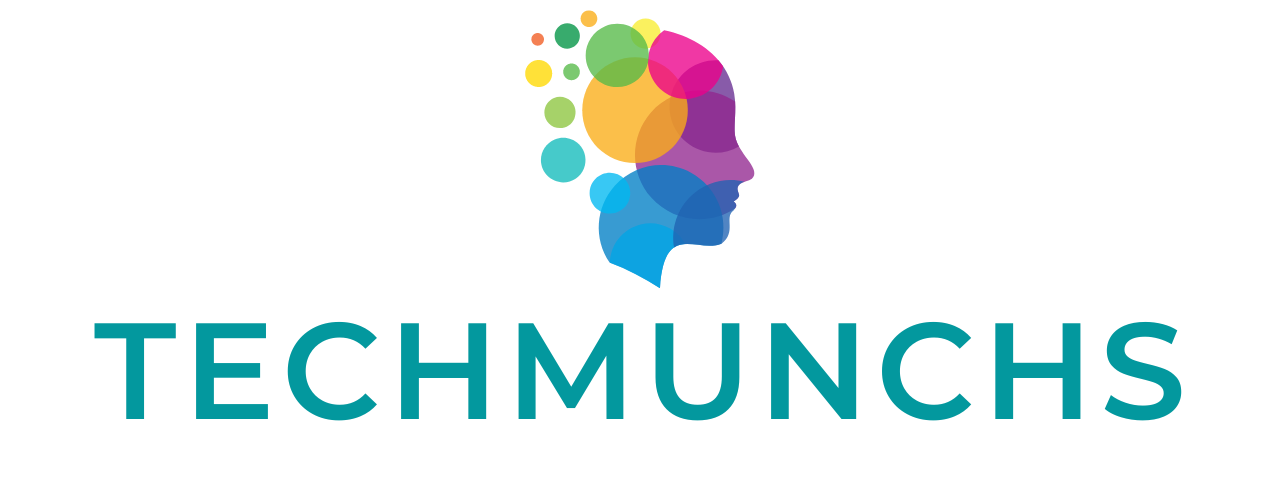Maximizing Your Smoke Break after Tooth Extraction

We’ve all been there – the dreaded tooth extraction. Whether it’s due to a cavity, injury, or wisdom teeth removal, recovering from the procedure can be tough. And if you’re a smoker, resisting the urge for a post-op cigarette can be even tougher. But here’s the thing: smoking after tooth extraction can lead to dry sockets, which is not only painful but also prolongs your recovery time. So how do you enjoy that much-needed smoke break without risking dry socket?
Why You Should Maximize Your Smoke Break after Tooth Extraction
After tooth extraction, it is crucial to take the necessary precautions to ensure proper healing. One way to maximize your recovery and avoid complications such as dry socket is by making the most of your smoke breaks.
So how to smoke after tooth extraction without getting dry socket? Smoking after a tooth extraction can increase the risk of developing dry socket, a painful condition where the blood clot that forms in the socket becomes dislodged. This can delay or even prevent healing altogether, leading to further pain and discomfort.
By maximizing your smoke break, you can reduce this risk by ensuring that you are smoking in a way that minimizes disruption to the blood clot. Taking short puffs instead of deep inhales and avoiding creating suction while smoking can all help minimize your chances of developing dry socket.
How to Maximize Your Smoke Break after Tooth Extraction
After a tooth extraction, smoking can negatively impact the healing process and increase the risk of developing dry socket. However, if you must smoke during your recovery period, there are ways to minimize the risks and maximize your time outside for a smoke break.
Firstly, wait at least 48 hours after your tooth extraction before smoking. This will give enough time for the blood clot to form in the extraction site and prevent it from being dislodged by suction or smoke inhalation.
When you do finally decide to have a cigarette, avoid inhaling too deeply as this can cause negative pressure inside your mouth and potentially dislodge the blood clot. Instead, take small puffs and exhale through your nose or slowly blow out with minimal force.
Another way to minimize risks is by rinsing out your mouth with salt water after each cigarette. Saltwater helps reduce bacteria in the mouth that can lead to infection while also promoting better circulation around the affected area.
How do muscles work?
Muscles are responsible for all forms of movement in the human body. They work by contracting and relaxing, pulling on bones to create movement. Muscles are made up of muscle fibers that contain proteins called actin and myosin.
When a signal is sent from the brain to a specific strongest muscle in the body, it causes the actin and myosin proteins within each muscle fiber to slide past one another. This creates tension within the muscle fiber, which then contracts.
The strength of a muscle contraction depends on how many individual fibers are activated at once. The more fibers that contract simultaneously, the stronger the overall contraction will be.
In addition to voluntary contractions controlled by our brain signals, muscles also have involuntary contractions such as those involved in breathing or heartbeat regulation. These involuntary contractions are controlled by specialized nerves in our bodies.
Conclusion
Maximizing your smoke break after tooth extraction is crucial to prevent the risk of developing dry socket. The types of tooth extraction may vary, but the recovery process remains significant in every case. Smoking can be a relaxing habit for many people, but it’s important to take extra precautions when recovering from dental surgery.





